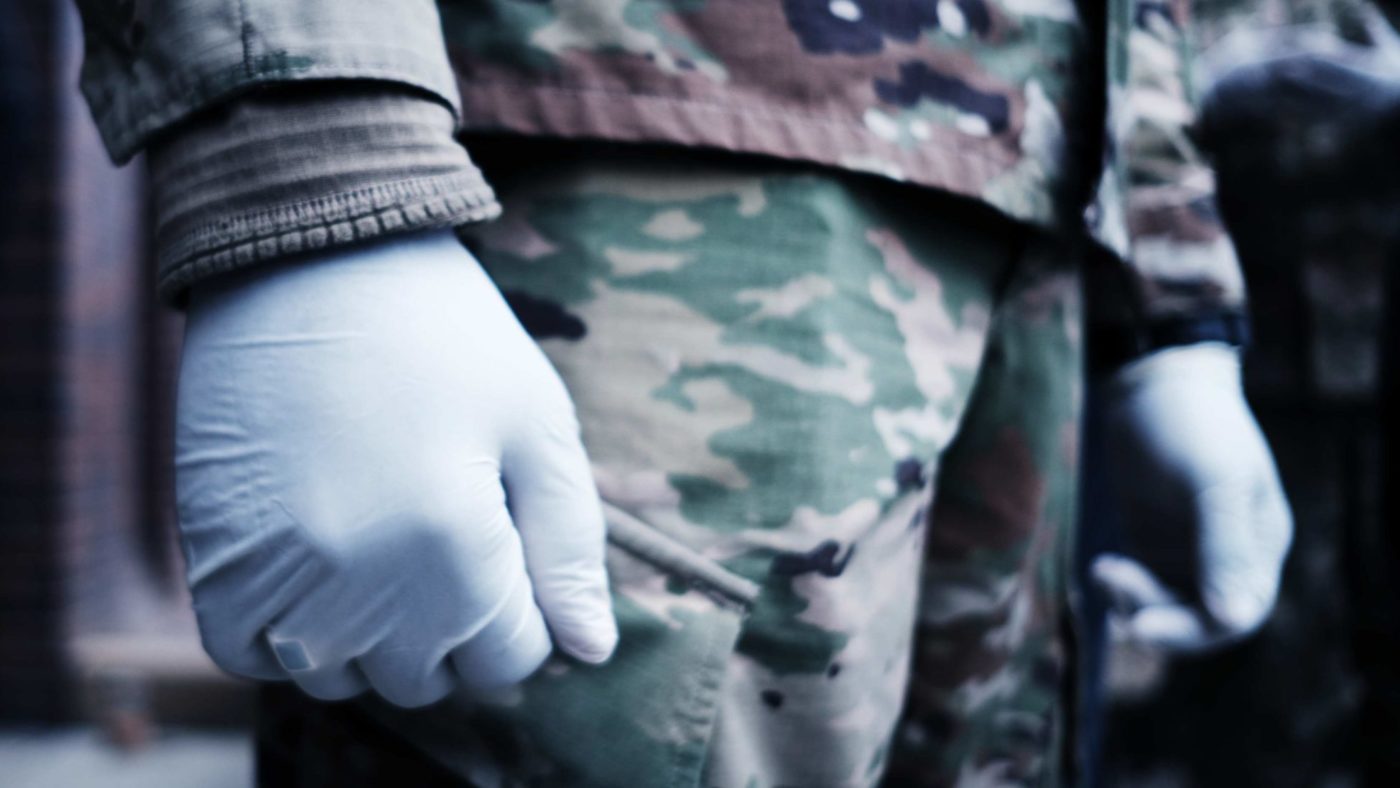Terrorists hate normality. People getting on with their lives as normal with high levels of personal autonomy and security is Kryptonite to violent extremists the world over. So the evolution of the Covid-19 virus from an obscure lung condition in a Chinese backwater to a lethal global pandemic will be of obvious interest to insurgents as well as the usual conspiracy theorists still living in Mum’s box room.
I’m not catastrophising here – far from it. But in some ways Coronavirus is a perfect blueprint for the aspiring bio-terrorist. In a few short weeks it has paralysed advanced nations like Italy; it has wiped billions from stockmarkets, threatening to plunge the world into economic recession; it is an invisible killer that fills otherwise healthy people with dread and drains community resilience; it exacerbates societal tensions and fractures supply chains; and it frays the credibility of Governments who declare their job is to protect us.
It’s not, of course, the most efficient way to work if you’re in the murderous global caliphate business. A death rate of around 1% of mostly immune-compromised victims doesn’t compare to the shocking immediacy of a maniac in a van running down shoppers. But it is completely within the realms of possibility that contemporary terrorists could take advantage of this natural pathogen and weaponise it to their own ends.
We’ve got enough on our plates, I know, without more doomsday scenarios. But it’s the case that some ‘end of days’ adherents have also had an ugly interest in biological warfare. In 1995, the Japanese death cult Aum Shinrikyo released Sarin, a deadly nerve agent on three lines of the Tokyo subway, killing 13 and inundating hospitals with over 5,000 hysterical patients who suffered eye injuries of varying severity from temporary to terminal. It only took a few deranged chemistry students radicalised into an apocalyptic cult to inflict years of suffering and insecurity.
IS and its affiliates are also believed to have taken an interest in manufacturing crude but viable chemical weapons. In 2016 a shell fired by terrorists into a US Army base in the Mosul district was found to have traces of Mustard gas in it, used to devastating effect in Belgium and France in World War I. Propaganda videos produced by IS in 2018 depict San Francisco under a cloud of green noxious gas and urge followers to use rat and human faeces to ‘concoct serious plagues’ in lone wolf biological attacks.
Perhaps just as worryingly, Iran has a long history of trying to develop and manufacture chemical and biological weapons. This was the CIA assessment in 1996: ‘Tehran probably has investigated both toxins and live organisms as biological warfare agents. Iran has the technical infrastructure to support a significant biological weapons program with little foreign assistance. More alarmingly, Iran is also widely regarded as a state sponsor of terrorism – thus joining a worrying nexus of capacity and capability between a rogue state and violent extremists with no moral constraints.’
Only a week after the 9/11 atrocity, letters containing lethal anthrax spores were sent to a number of media outlets and to Capitol Hill in the US. Five people died after inhaling this deadly pathogen. The perpetrator has never been definitively identified but it seems clear they were operating in an already fearful environment precisely to utilise that fright and drive it upwards.
So it’s not inconceivable that in our current situation, where public morale is taking a battering from Covid-19, that this distraction could be exploited in various ways by people who wish us harm. What’s to stop an insurgent ‘super-spreader’ choosing a more leisurely way to paradise by infecting as many people as possible on the way? Again, it’s almost ludicrously inefficient but the psychological impact on the general population versus very little exposure to risk is surely attractive. More likely, with our emergency services strained to the limit and the likelihood of significant staffing challenges, terrorists might spot an open door.
The actual threat of bioterrorism is probably more psychological than real at this time. Moreover, unlike conventional ‘kinetic’ attacks, the consequences of bio-terrorism can be substantially reduced by prompt decontamination and treatment. At this time of heightened instability, we need the security and intelligence services keeping their eye on the ball because a weakened state is an attractive target. In particular, those due to be released having served time for terrorist offences will need continued high level surveillance as they emerge into an environment disturbed and distracted by Covid-19 – because the demoralising global impact of this virus will not have passed by extremists. And they know, well as anybody, that nothing spreads faster than fear.
Click here to subscribe to our daily briefing – the best pieces from CapX and across the web.
CapX depends on the generosity of its readers. If you value what we do, please consider making a donation.


